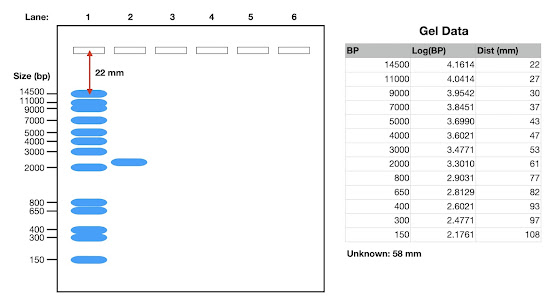In this video, I look at Batch and Continuous Cell Cultures and discuss how they can be used in the lab:
In the lab, we often need to grow bacterial, yeast, or mammalian cells, and we use specific methods to cultivate cells in a controlled environment.
Two common cell growth approaches are batch cultures and continuous cultures.
Batch Cultures: The Standard Approach
If you’ve ever worked in a biology lab, chances are you’re familiar with batch cultures.
In a batch culture, cells are grown in a fixed space, such as a flask, dish, or plate. The culture is usually incubated for a set period, often overnight or several days, depending on the type of cells you’re growing.
During this process, the cells go through different stages of growth, represented by the bacterial growth curve:
- Lag phase: Cells adapt to their environment.
- Log phase: Cells rapidly divide and grow.
- Stationary phase: Growth slows as nutrients deplete.
- Death phase: Cells die as waste products build up and nutrients run out.
One limitation of batch cultures is that you only grow cells for a finite period. When the nutrients in the medium are exhausted, the cells stop growing, and you must start a new batch if you need more cells or products. The number of cells you can produce is limited by space and the number of available nutrients.
Continuous Cultures: Nonstop Cell Growth
In contrast to continuous cultures, cells are grown in a specialised vessel known as a bioreactor, fermentor, or chemostat.
The continuous culture method continuously adds fresh media to the vessel while an equal amount of media is removed, creating a steady flow. This keeps the cells growing indefinitely, as they are always supplied with fresh nutrients.
One of the primary advantages of continuous cultures is that they maintain cells in the growth phase, meaning they can keep dividing and producing the desired products, whether that’s proteins, enzymes, or other biological compounds. However, setting up a continuous culture can be challenging. If the flow of new media is too slow, cells will run out of nutrients, leading to stagnation and death. But, if the flow is too fast, cells won’t have time to divide, and they could be washed out of the vessel.
The challenge with a continuous culture is finding the right balance in the media flow. The goal is to keep the cells in a state of constant division while also maintaining the product yield. Achieving this balance ensures that the total number of cells in the vessel remains steady over time, which is ideal for industrial applications where continuous production is required.
Choosing the Right Method
When deciding between batch and continuous cultures, the choice depends on the specific requirements of the experiment or production process. Batch cultures are easier to set up and control, making them ideal for smaller-scale studies or experiments with a defined endpoint. Continuous cultures are more complex but offer the advantage of sustained growth and production, which is essential for large-scale manufacturing or long-term studies.
Additional Resources
- 📗 - The Biosciences Glossary - Google Play Book Store
- 📗 - Molecular Biology of the Cell (Alberts) - (affiliate link)
- 📗 - Molecular Cell Biology (Lodish) - (affiliate link)
- 📗 - Biochemistry (Stryer) - (affiliate link)
- 📗 - Principles of Biochemistry (Lehninger) - (affiliate link)


